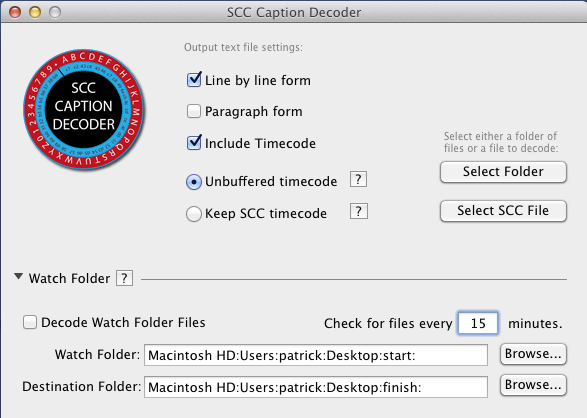
File names and folders are not readily accessible to image viewing applications, especially on mobile devices. Nowadays, applications dominate the operating system. In that environment, adding information to a file name or placing the file in a folder with an informative name was what most people did.
#Photo caption for mac windows
When computers were less powerful and graphical user interfaces were a novelty, information about images was often easily visible in the file browsers (such as Windows Explorer).
#Photo caption for mac software
What Software Should I Use to Add Text to My Photos? These capabilities are of particular interest to people interested in genealogy. The caption is added below the original image so that it does not obscure any of the original image pixels. These applications have the capability to create a number of separate digital images from a scan or photograph of a number of paper prints, such as those appearing in a photo album.Īs well as improving the quality of original images in the manner of photo editors, the applications can add captions (and sometimes metadata) to each of the digital images. However, the near-zero marginal cost of electronic production and distribution means that many more people now create them, and humorous/philosophical memes now probably outnumber the ones seeking to influence people.Īnother class of computer application assists with the creation of digital photo albums from existing hard-copy albums, which many people own, usually containing photos of family members. Some memes are the electronic successors to the broadsheets and posters that have been used to influence public opinion for centuries. With social media came the meme, where the image resonates with the text rather than the text describing the image. The Progression of Broadsheets and Posters to Memes Digital cameras do not routinely have built-in GPS location tracking.Īlthough technology is making inroads into automatically adding the kind of information humans want to photos, it has a long way to go, and adding text manually looks like being necessary for many years yet. Mobile phones do a pretty good job in well-populated areas, but off the beaten track, results may not be satisfactory. 'Where' is provided by turning latitude and longitude into a named location using a gazetteer database. Without examples, faces tend to be recognized as celebrities.Ĭomparison of automatic and human captioning 'Who' is performed increasingly well by automated face recognition, once some examples have been provided.

They may become confused about time zones, but an accuracy of a day or so is all most people want. 'When' is easily supplied, relying only on internal clocks in the camera.


Computer power can be applied to answering all of these questions. However, what people most want to know about photographs are the four W's of journalism: who, what, where and when. Geo-tagging using recorded latitude and longitude from GPS data is frequently added by mobile phone cameras.

In the paper era, they were often added on the back, or in an album.ĭigital photos have a huge capacity for storing data within their file structure, but this is mostly used for recording automatically captured data such as camera and exposure parameters, date and time. For anyone else, a few words of context adds enormously to their value to other people. Their content has meaning for the people who took them, and maybe the people who appear them. Some estimates place the total number of photographs in the world at about 100 billion.


 0 kommentar(er)
0 kommentar(er)
